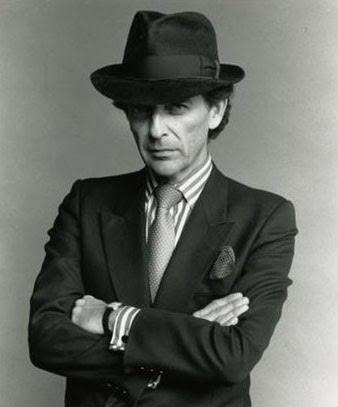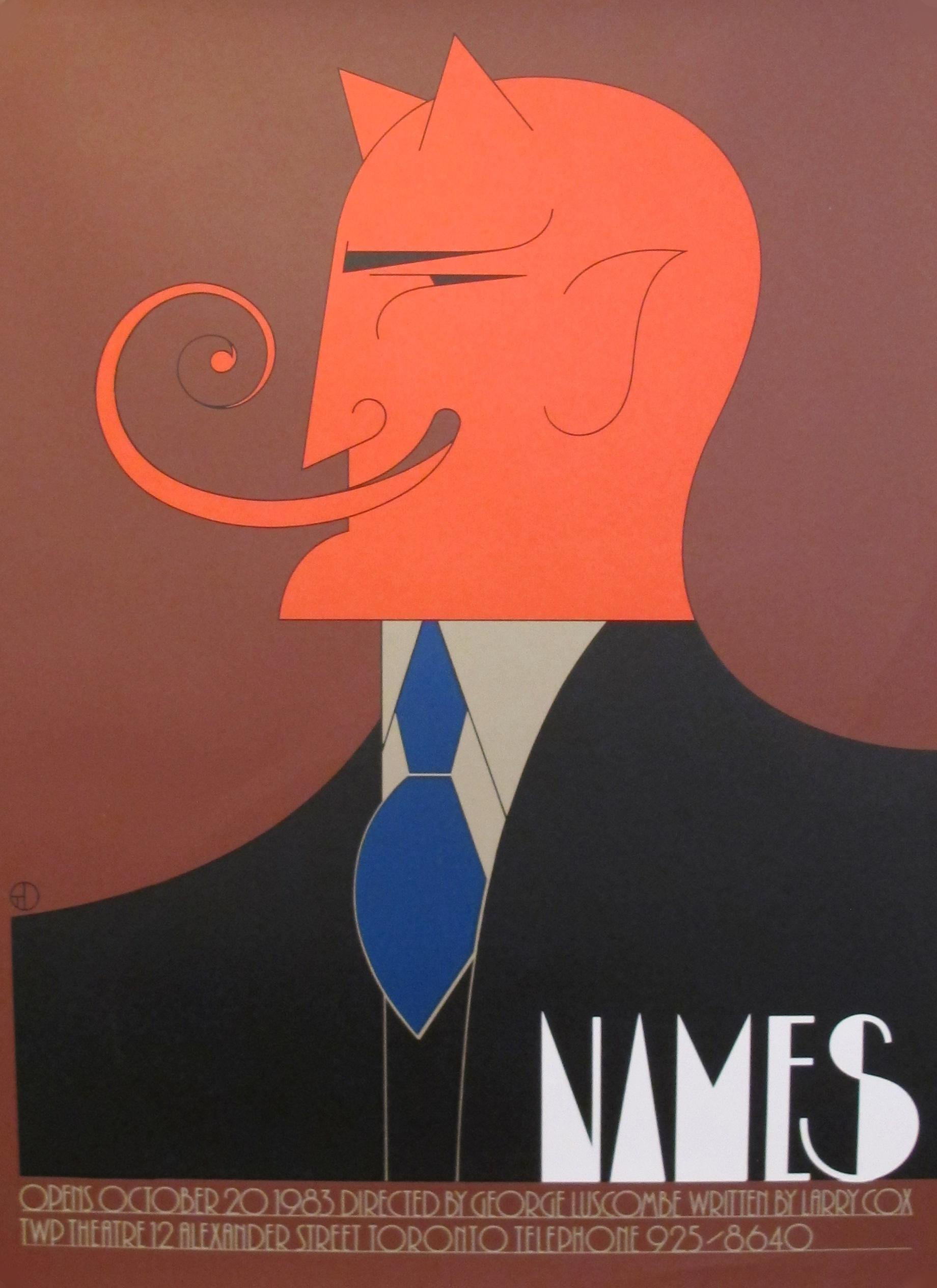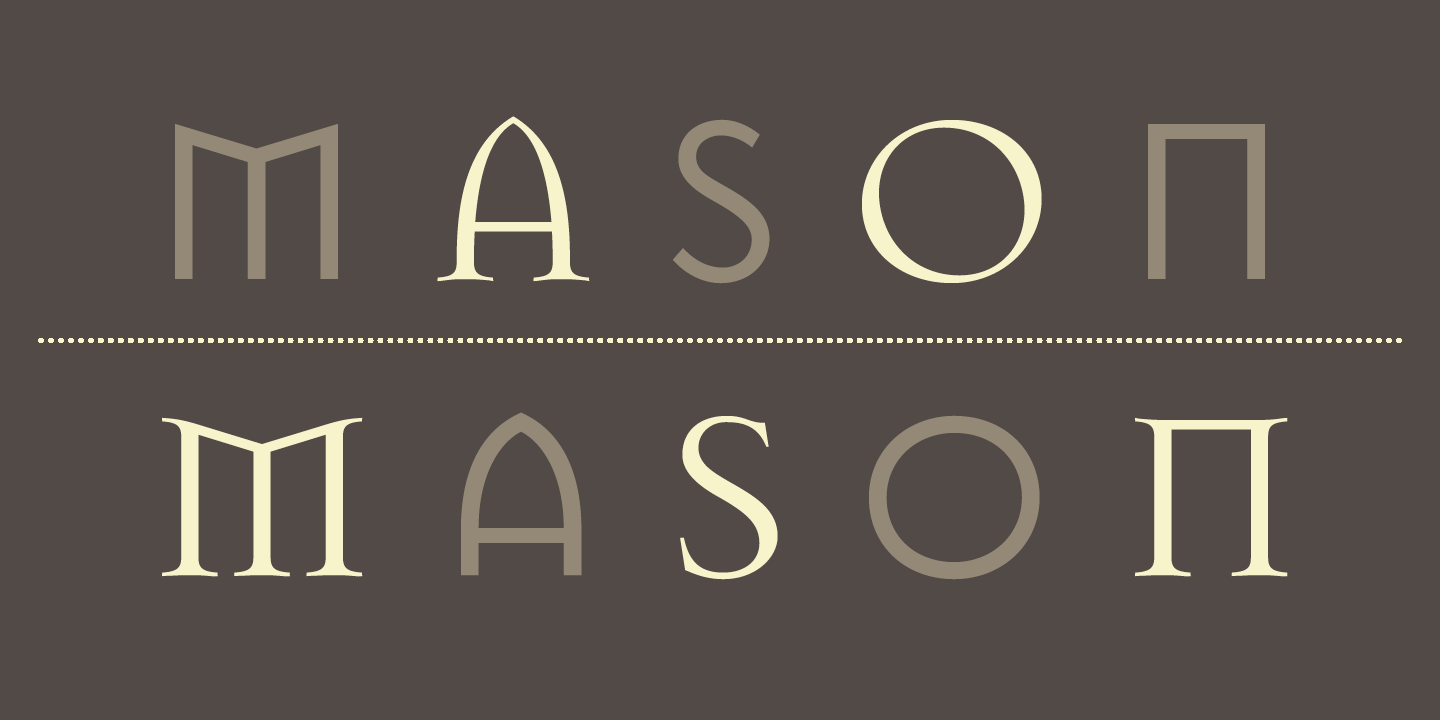
One of the canadian designers that has a unique style is Theo Dimson. Theo was born in London, Ontario, on April 8th, 1930 and died on January 18, of 2012. He was a part of the early days of the GDC, and was internationally recognized and awarded for his work.

At an early age, Theo was already interested in design and ended up with a scholarship to the Ontario College of Art and Design. Afterwards, Theo went from a firm, to freelancing, then rejoining the first firm. Then in 1965, Theo became president and director of Reeson, Dimson & Smith Ltd. which was later renamed to Dimson & Smith Ltd. Finally in 1985, Theo decided to create The Dimson Design Inc. where he is the president and creative director.

Theo’s style was influenced by the art deco movement but with a twist. He used very thin lines in his work, fused with an intriguing and wonderful use of colour, and included a lot of serifs and deco looking sans serif. His work consists mainly of Posters, and also commissioned stamps. With these, he has been able to win awards and become members of such clubs like Royal Canadian Academy of Arts, and the GDC.
Sources:







